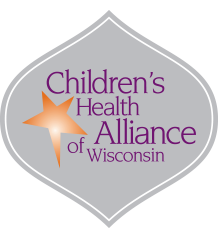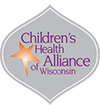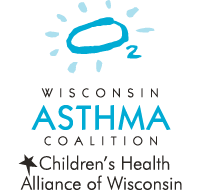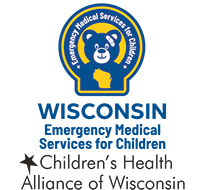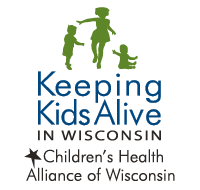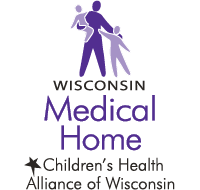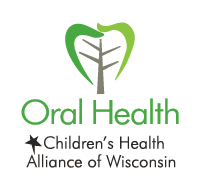Air Quality

The use of the Love My Air logo is by permission granted from the City and County of Denver, all rights reserved.
Air Quality
Healthy air is a vital component of healthy communities. Everyone deserves to breathe safe, healthy air. Unhealthy air that contains pollutants like particulate matter (or particle pollution), ozone, nitrogen dioxide and sulfur dioxide can lead to health issues for children. These health issues include lung disease, decreased lung function, development of asthma, asthma attacks, and increased hospital admissions and emergency department visits for asthma.
Love My Air Wisconsin (LMA WI) is a school-based program that provides real-time air quality data to schools via a sensor. School staff and families can then use the data to make informed decisions about student exposure to poor air quality. Teachers can also incorporate the air quality data into lesson plans to provide hands-on, practical learning opportunities for students. Students, families, school staff and community members all benefit from LMA WI’s air quality education, and the opportunity to take action steps to protect their health.
Resources
Love My Air Support Team Toolkit
This Toolkit houses key Love My Air Program resources.
Educational Resources
Check out a variety of lesson plans and more!
Outdoor Activity Guide
This guide provides activity suggestions based on local air quality.
(Also available in Spanish)
Training Videos
View these helpful videos to learn how to utilize sensors and other key resources.
Allen-Field Elementary School // Browning Elementary School
Hopkins Lloyd Community School
Lincoln Avenue School // Westside Academy
Cohort 2 – Love My Air Schools (2024-25)
Hawthorne School // Carson Academy
Milwaukee High School of the Arts
O.W. Holmes School // Starms Discovery School
Participating schools receive the following:

Love My Air Advisory Committee and Partners
The Love My Air program is guided by an Advisory Committee. The program relies on partnerships with national, state and local entities to accomplish its goals. Contact our staff for more information.
Receive Love My Air Wisconsin Updates
If you are interested in learning more and staying up to date, please complete this survey to receive a monthly newsletter containing Love My Air Wisconsin updates!
Follow Air Pup @chawisconsin



Love My Air Wisconsin in Action
Frequently Asked Questions
Contact Our Staff
Sarah Kroening, MSpEd
Program Manager
Environmental Health
(414) 266-9730
skroening@childrenswi.org
Sign Up for Our Newsletter
Your Dose of Oxygen
Receive monthly news about the Wisconsin Asthma Coalition, asthma education programs, research and grant opportunities.
Love My Air Wisconsin is funded by the Environmental Protection Agency through EPA-OAR-OAQPS-22-01: Enhanced Air Quality Monitoring for Communities.
